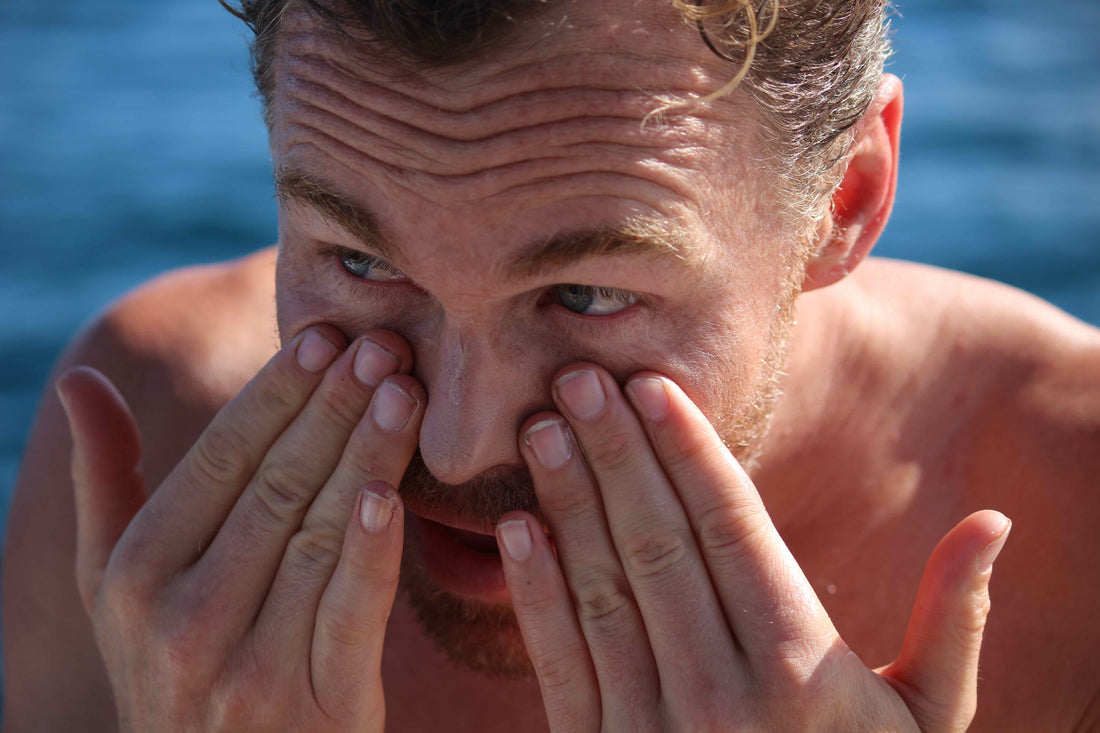
Busting Sunscreen Myths
Share
Summer is edging closer and we are starting to welcome more sunshine into our day. But while we are savouring the warmth of the sun on the skin, we need to think not just about using sunscreen, but our beliefs around how to use it!
Here we bust some of the common myths around sunscreen.
1. APPLICATION - I DON'T NEED MUCH
While most Aussie's know we need to apply an SPF 50+ sunscreen to all exposed areas at least 20 minutes before we head outdoors, most of us are not putting enough on and many of us are forgetting to reapply often enough.
It's recommended you use at least one teaspoon per body area. So, a teaspoon for your face, a teaspoon for each arm, leg, chest, etc. That's about 75ml for your entire body, which is about the size of a shot glass! Fact is you can't use too much, so be generous to ensure you cover all exposed areas properly.
Once is not enough! Sunscreen properties break down when exposed to light, so that means you need to reapply when exposed to the sun. You should apply every 2-4 hours at least and ALWAYS after swimming, towelling or sweating.
2. ALL SUNSCREEN MAKES MY SKIN REACT
There is a common misconception that sunscreen will cause skin reactions and redness. Usually it is not the sunscreen itself that causes a reaction, but the preservatives or fragrances used in the cream. Look for a sunscreen free from synthetic preservatives and fragrances if you have sensitive skin.
3. USING SUNSCREEN DAILY MEANS I WON'T GET ENOUGH VITAMIN D
Not true! The truth is most Australians get enough Vitamin D on a day to day basis with just 10 - 15 minutes of sun exposure. Sunlight can penetrate clothing and sunscreen too, so you will be surprised just how much you are inadvertently gaining. No sunscreen can block out 100% of UV light, so you are actually absorbing UV light and converting it to Vitamin D.
4. A TAN PROTECTS YOU FROM SUN DAMAGE
This is absolutely not the case. Any skin, tanned or not, is at risk to sun damage including sun spots, wrinkles, loss of elasticity, cancer and melanomas. A tan is the body's response to sun exposure and no tan should be considered healthy. Your skin tans when dangerous UV rays penetrate the skin and your body produces melanin in an attempt to deflect the rays. Tanned skin basically means damage at a DNA level to your skin.
The same goes for naturally darker skinned people. Despite having more melanin, they are still at risk of sun damage and skin cancer.
5. MAKEUP IS ENOUGH TO PROTECT YOUR FACE
While makeup can provide some UV protection, it simply is not enough! You should always apply an SPF sunscreen under your makeup for optimum protection.